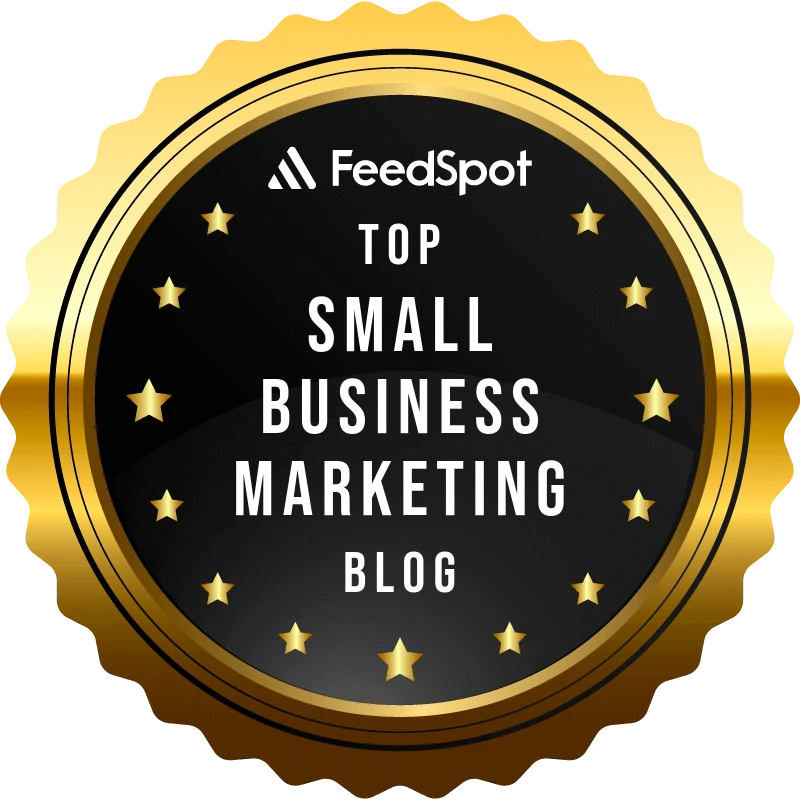
4 Feel-Good Marketing Campaigns to Spark Joy (and how to start yours)
Would you consider yourself someone driven by logic and rational thinking or your emotions? While many of us have an analytical mindset (or like to think we do), it’s more likely your feelings towards the company or purchase outcome that will guide your decision.
Some of the most successful marketing campaigns appeal to people’s emotional need for connection with others and self. It’s all about catering to what your target buyers want in an authentically emotional way.
In this article, we’re going to define feel-good advertising and marketing, share heartwarming and successful campaigns from some of the world’s biggest brands, and show you how to start your own feel-good marketing campaign.
Using emotions in marketing
Emotion sells. According to the University of Southern California, ads with rational content only performed well an average of 16% of the time. Emotional advertising performed better 31% of the time. They noted recurring themes for sentimental ads included:
- Pride
- Love
- Unique achievement
- Showing a man’s empathy
- Loneliness
- Memories
Marketers know that happy people are more likely to buy than sad people. It’s a well-known marketing strategy to launch sales or promotions when people are happiest (around the holidays or payday).
What is feel-good advertising?
Feel-good advertising is marketing to evoke a good feeling or emotional response from the viewer. Businesses harness the power of positivity and joy to build brand awareness and grow their business.
The goals of feel-good advertising are usually based on:
- Increasing brand awareness
- Encouraging positive interactions with your brand
- Boosting brand loyalty
This type of advertising or marketing works well for companies that already have a mandate of doing good in the world. Feel-good marketing can reinforce this brand message while helping you expand your audience of loyal followers or buyers.
Where feel-good marketing focuses on brand building, if you want to boost sales you’re likely to try marketing strategies like scarcity and urgency. Although, sometimes they can be used together. For example, those SPCA ads on TV definitely pull on our heartstrings, but they also use urgency messaging to get you to donate now.
Examples of feel-good marketing campaigns
Here are some heartwarming examples of feel-good campaigns that worked well:
Share a Coke campaign
Do you remember the Share a Coke Campaign? In this campaign, participating countries would print some of the most popular names on coke bottles and encourage people to “Share a Coke” with their friends. People would rummage through the shelves to find their names and buy a coke, or buy them for their friends when they spot their name.
This campaign was very effective at sales too because it secretly played on the scarcity mindset (“who knows when I’ll see my name on the Coke bottle again, so I better buy it now”) and encouraged sharing and socializing. The campaign started in Australia in 2011, and that summer they sold more than 250 million named bottles and cans (the population of Australia is just 23 million). Coca-Cola has adapted and used this campaign in over 70 countries.
Dove “Real Beauty” and #BeautyBias Campaigns
Dove is a brand that promotes beauty outside and in. Their Real Beauty campaign set out to challenge negative stereotypes about body image and put more “real women” in their marketing. This helped women of all backgrounds, shapes, and sizes feel good about themselves and ultimately buy more Dove products. This campaign earned a spot in the top 5 advertising campaigns of the 21st century by AdAge.
For International Women’s Day in 2022, they launched their #BeautyBias campaign. This encouraged women to use the branded hashtag and talk about how beauty bias affects their life. While this may not be what you’d consider a “feel-good” campaign, it still promotes a much-needed public dialogue and conversation. It takes a positive spin on gender bias, and we expect it to be a successful branding and awareness campaign.
Westjet Christmas Miracle Campaign
The Westjet airline centres most of its advertising campaigns around being a brand that cares. Their holiday ad campaigns are no exception, as they share heartwarming stories of bringing people and families together for the holidays. Their 2019 campaign also boasted:
- 7.4+ million views (A 31% increase from the previous year)
- 21.1 million social media impressions
- 1400% increase in social engagement
- Raising enough money for 240 one-way flights donated to Ronald MacDonald Charities to reunite loved ones with their families.
Paris Disney Duck
Who knew a baby duck could evoke such strong emotions in children of all ages (and their parents)? Disney knew! Their campaign for Disneyland Paris in 2018 centred around a video of a tiny duckling who comes across a Donald Duck comic book and wants to be just like him. When the duck’s family leaves, he’s too small to carry the book with him. As the duckling travels through rain and stormy weather, you can see the look of sadness in his eyes, the look of just losing a friend. Finally, the weather clears, and he walks alone into a large grassy field, only to discover his idol, Donald Duck, there to greet him. The two share a comforting embrace as you see Sleeping Beauty Castle in the distance.
The original video for this campaign has had over 4 million views since it was launched 3 years ago. It always brings a happy tear to our eyes.
Avoid these feel-good marketing mistakes
Just because you plan a feel-good campaign doesn’t automatically mean it will be successful. You could promote a campaign that features a relaxing vacation to an overseas country. But if that country is under any large scandals or experiencing war or a natural disaster, your campaign may be seen as in poor taste, even if you have the best of intentions.
When planning feel-good campaigns, keep in mind:
- Current events that may make your campaign inappropriate or in poor taste
- The needs of your target audience
- Your goals should be focused on brand-building rather than blatantly salesy.
How to start your next feel-good campaign
As you can see, creating a feel-good campaign can be a tremendous brand-building strategy that can lead to increased brand awareness and likeability. If you want to start your own feel-good marketing campaign, here’s how to start:
- Know your target buyer: This will help you use the right content that’s likely to evoke that emotional response you want.
- Decide on a goal: Your goal should be more brand-building focused. If you have the right analytics and tracking setup, you might be able to correlate your campaign to sales too.
- Decide on a platform or medium: Will your campaign include customer participation or be a series of ads and content that you produce and encourage people to share?
- If you’re unsure, start small: You can test the market with a scaled-down version of your campaign to see if it’s as “feel-good” as you anticipated.
- Track your results: Track as many metrics and results as you can throughout this process. This will help you monitor progress towards your goals and uncover where you may need to tweak the campaign to seek better results along the way.
Our team can help you plan and execute feel-good marketing campaigns through your website, social media, ads, and other mediums. We do the heavy lifting and work with you to develop a marketing campaign that will tug at the hearts and minds of your target audience. Book a discovery call to start brainstorming your next feel-good or joy marketing campaign together.
Read more articles:


